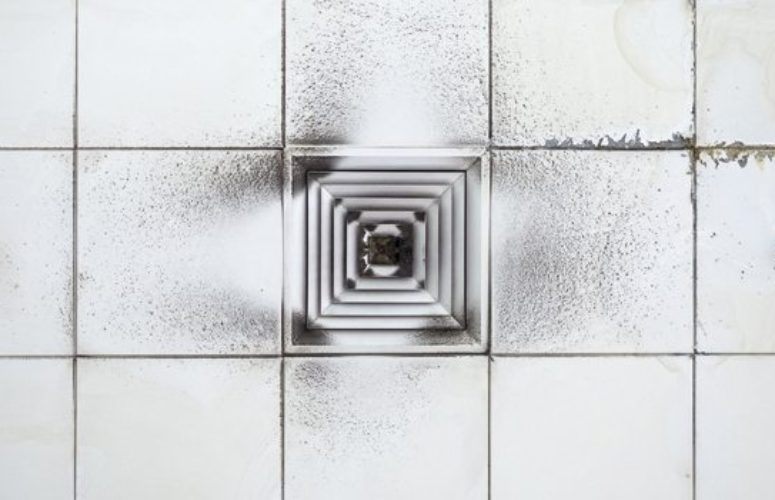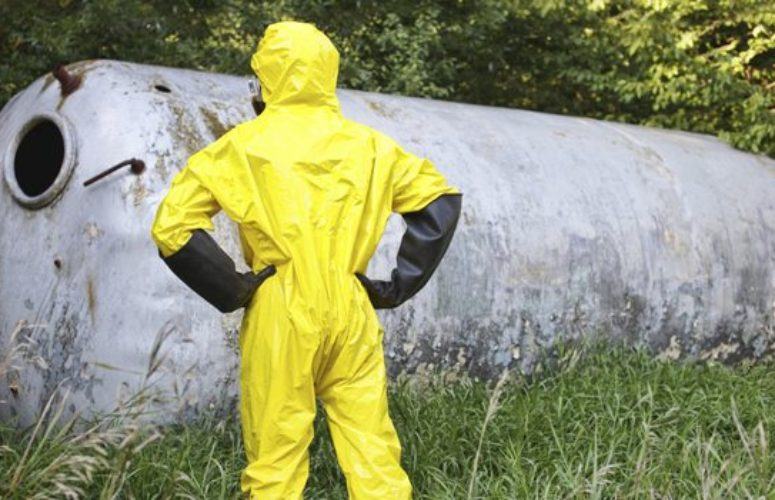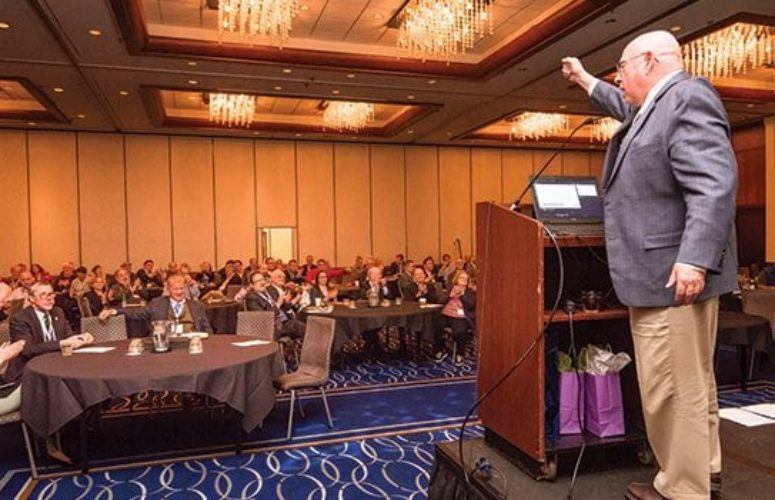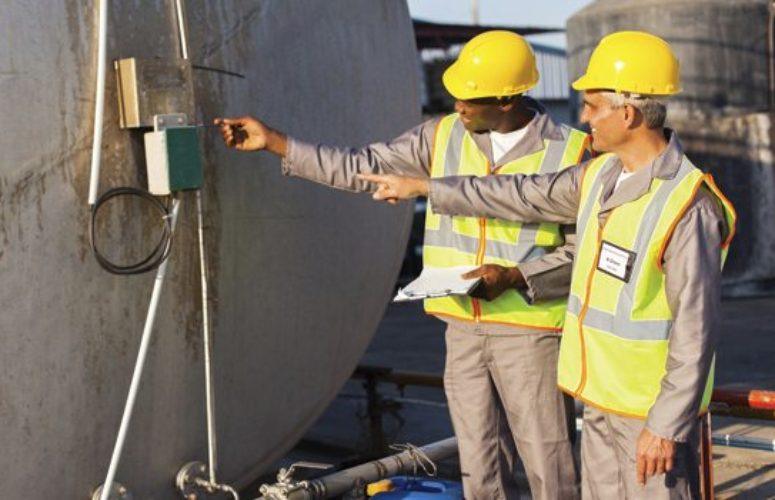
Immediate Environmental Concerns
What are they and why are they important to all remediation stakeholders?
By Nicholas De Rose, LSRP and Mark D. Fisher, LSRP On Feb 26, 2015In 2009, with the adoption of the Site Remediation Reform Act (SRRA), a new mechanism was established to ensure that newly minted Licensed Site Remediation Professionals (LSRPs) would have the tools to ensure that identified actual risks to human health or the environment would be swiftly addressed.
Among the new tools is the “Immediate Environmental Concern” or “IEC”. With establishment of the IEC under SRRA, the New Jersey Department of Environmental Protection (DEP) was able to promulgate regulations that would compel remediating parties to address, without delay, conditions where public exposure is confirmed at sites where viable responsible parties are present.
The combined impact of establishing the IEC with the LSRP model ensures that the “worst case sites,” based on identified public and environmental exposure risks, are prioritized and effectively “fast tracked.” Prior to SRRA, this particular mechanism did not exist.
What is an IEC?
Within the SRRA legislation, an Immediate Environmental Concern is defined as follows:
“Immediate environmental concern” means a condition at a contaminated site where there is: (1) confirmed contamination in a well used for potable purposes at concentrations at or above the ground water remediation standards; (2) confirmed contamination that has migrated into an occupied or confined space producing a toxic or harmful atmosphere resulting in an unacceptable human health exposure, or producing an oxygen-deficient atmosphere, or resulting in demonstrated physical damage to essential underground services; (3) confirmed contamination at the site of a nature that either dermal contact, ingestion or inhalation of the contamination could result in an acute human health exposure; or (4) any other condition that poses an immediate threat to the environment or to the public health and safety.
As noted under items 1 and 2 above, an IEC includes impacts to a potable well and to indoor air within a building, which are the two most prevalent receptors that are at risk from environmental impacts. Indoor air risks were first addressed through DEP’s vapor intrusion guidance in 2007 and have represented, by far, the greatest number of IECs that have been addressed under the LSRP program.
According to the DEP, there are currently 513 active IECs, and approximately 95 percent of these are indoor air IECs. Of the active IECs, 297 are being addressed using public funds, with the majority of these IECs being associated with unknown sources of contamination (rather than recalcitrant parties who have failed to comply). The remaining 216 active IECs are being addressed under the LSRP program. In addition to the currently active IECs, approximately 287 IECs have been fully addressed/closed out since the inception of the IEC.
SRRA and the IEC
In addition to establishing the IEC, SRRA also established mandatory remediation timeframes to protect public health and safety and the environment, including the addressing of IECs. These mandatory timeframes carry strict fines and penalties if they are not met. While the mandatory timeframes may be viewed as extreme, they have been effective at empowering LSRPs to work with remediating parties in an expeditious manner to ensure that potential exposure risks are addressed.
Role of the DEP and the LSRP
Given the high priority of addressing IECs, the DEP assigns a case manager to every IEC. While this may seem contrary to the intent of SRRA and the LSRP program, the objective is to provide assistance to the LSRP (and the remediating party) to ensure that the IEC is addressed in the appropriate manner and timeframe. However, it is the role of the LSRP to implement (and a requirement of the remediating party to ensure) all of the necessary actions are completed to address the IEC. Accordingly, maintaining clear and consistent communication between the LSRP and DEP is paramount, particularly since many of the timeframes are short and each IEC typically presents unique situations to be addressed. Equally important is ensuring clear communication with the impacted receptors, which can involve private residences, active businesses, retail establishments and complex property owner/tenant relationships.
Final Thoughts
The combined establishment of the IEC and the LSRP program are important tools in addressing some of the most serious potential exposure situations related to contaminated sites. While the IEC process is complex, it is an effective tool for addressing these conditions.
About the Authors: Nicholas De Rose is managing principal at Langan Engineering and Environmental Services. Mark D. Fisher is managing partner at The ELM Group, Inc.
Related Articles:






